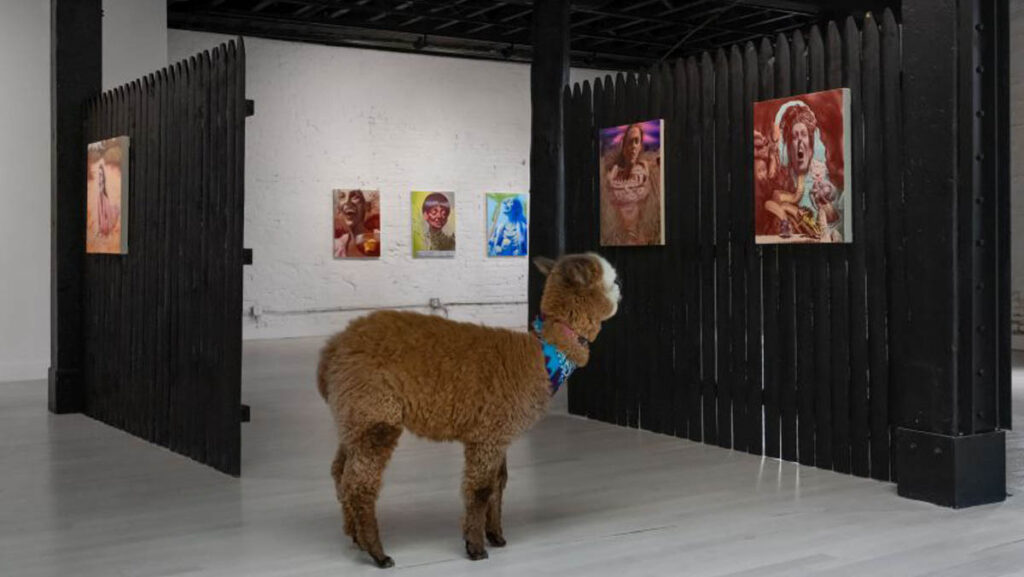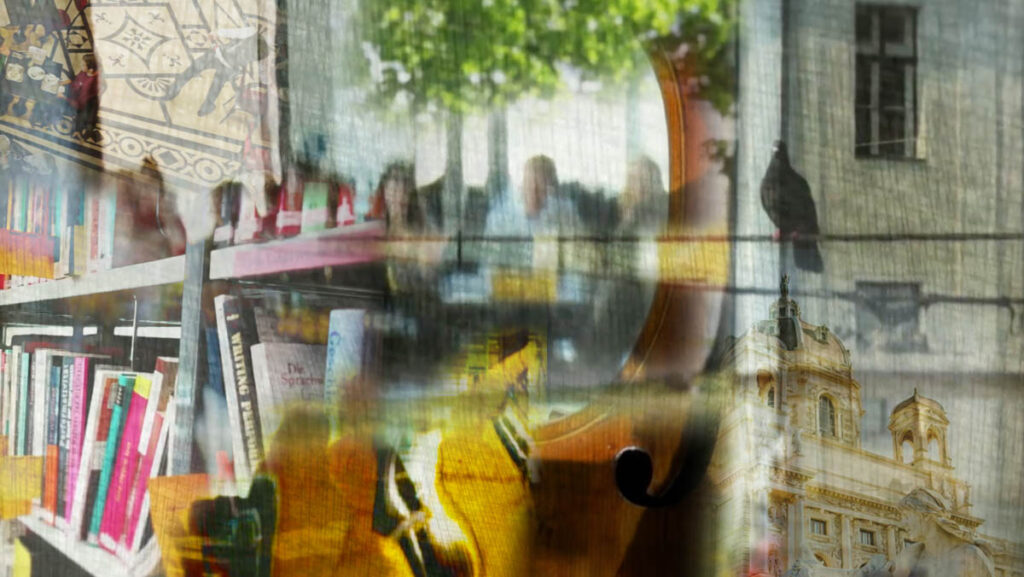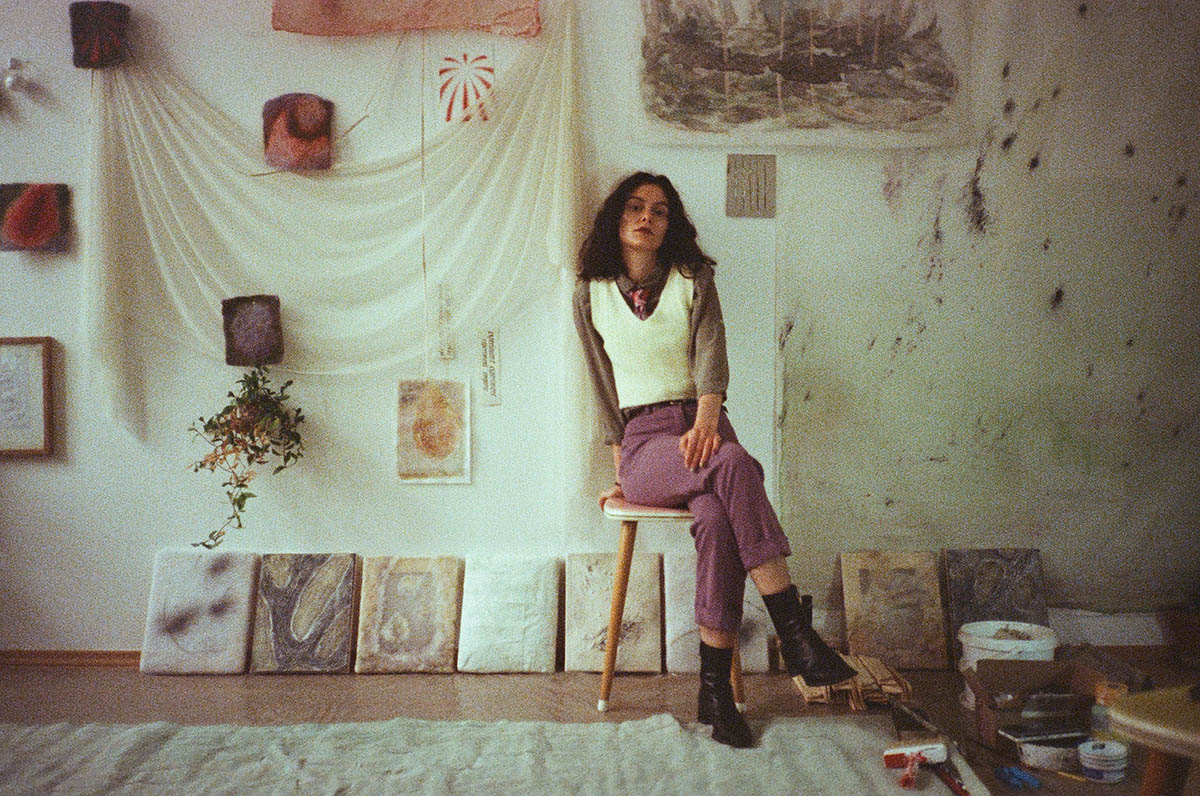
How do you see your role as an artist in society?
Art has played a significant role in my personal growth, and I believe it has the potential to impact others similarly. My artistic practice is deeply personal, aiming to explore emotions and how they relate to mental health. The search for calmness and serenity embodied in my works exemplifies the lack of thereof. While my work does engage with political issues, mental health being the most prominent one, it is also true that it is not explicitly political. My works do not prescribe a path to follow. Rather, they explore the consequences of political environments and their impact on individuals. For this reason, my work can not be seen as the endpoint for social and political reflection but instead as the starting point.
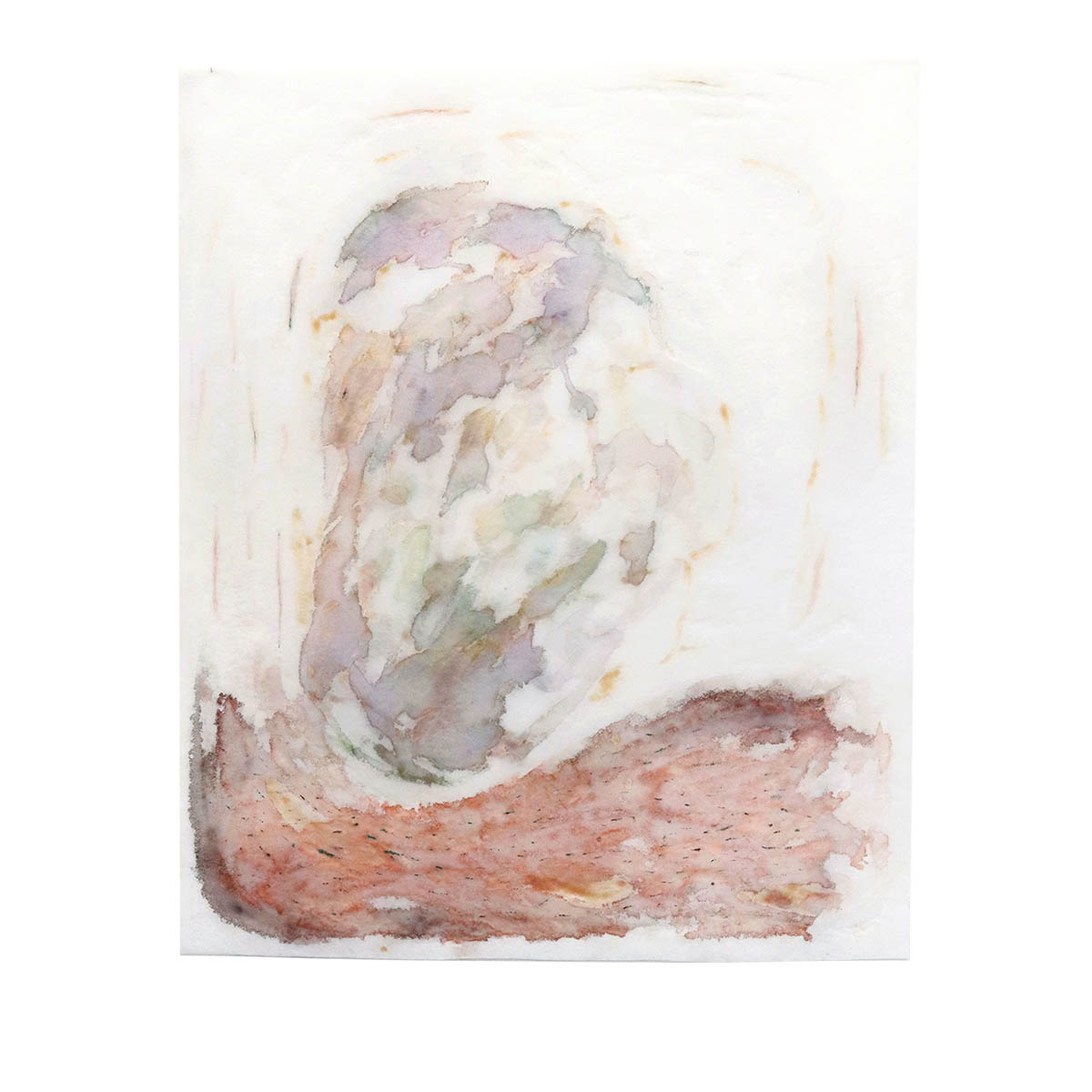
Can you walk us through your creative process from idea to finished piece?
Ideas for my artwork usually come to me spontaneously. At any time of the day, they can pop up in my mind, and for this, I have to be ready with my sketchbook, phone, or some lay around papers to catch them and write or doodle them down. When I feel compelled to create something, I go through it and decide which one to explore further.
For example, in my recent series of flowers, I use the pencils very lightly, almost not touching the paper, and then slowly intensify the strength of the colors. The process of creating these drawings requires patience. Towards the end, I choose a passage from a book I am reading at the moment and write it over the drawing.
When it comes to my ‘expanded’ paintings, the creative process changes, what remains is its demand for patience. I think ahead and list out everything I want to do, including which materials, colors, and techniques to use. But in all of this, I always leave some room for mistakes or unforeseen outcomes, which might occur during these processes. Things I do not plan for but which still bring me a lot of joy, working through the unexpected.
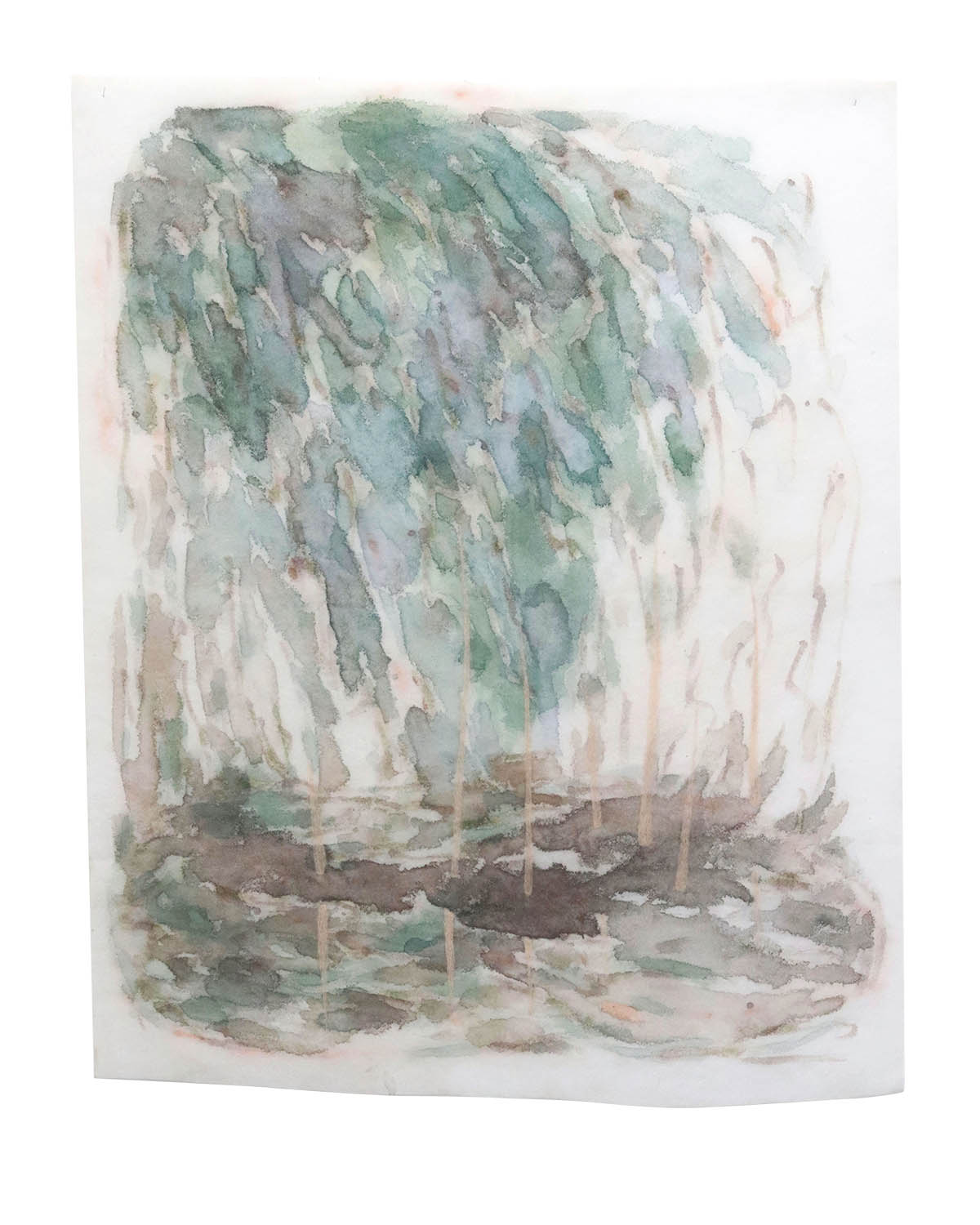
How do you research and gather information?
It changes depending on my work. For example, I viewed research as an active exploration in my installation called Chapel(2018) and blended various aspects of art history into an installation. I fused elements from chapels, ancient burial sites, and textual sources to create a cohesive whole.
With another installation called “…it must also be remembered that too many things take place..“ the research was a little bit reversed since I discovered books that related to the project after it was nearly finished. After that, I wrote down certain passages that helped me understand it. If I were to find a common thread, I’d say that my research serves an instrumental purpose in my praxis.
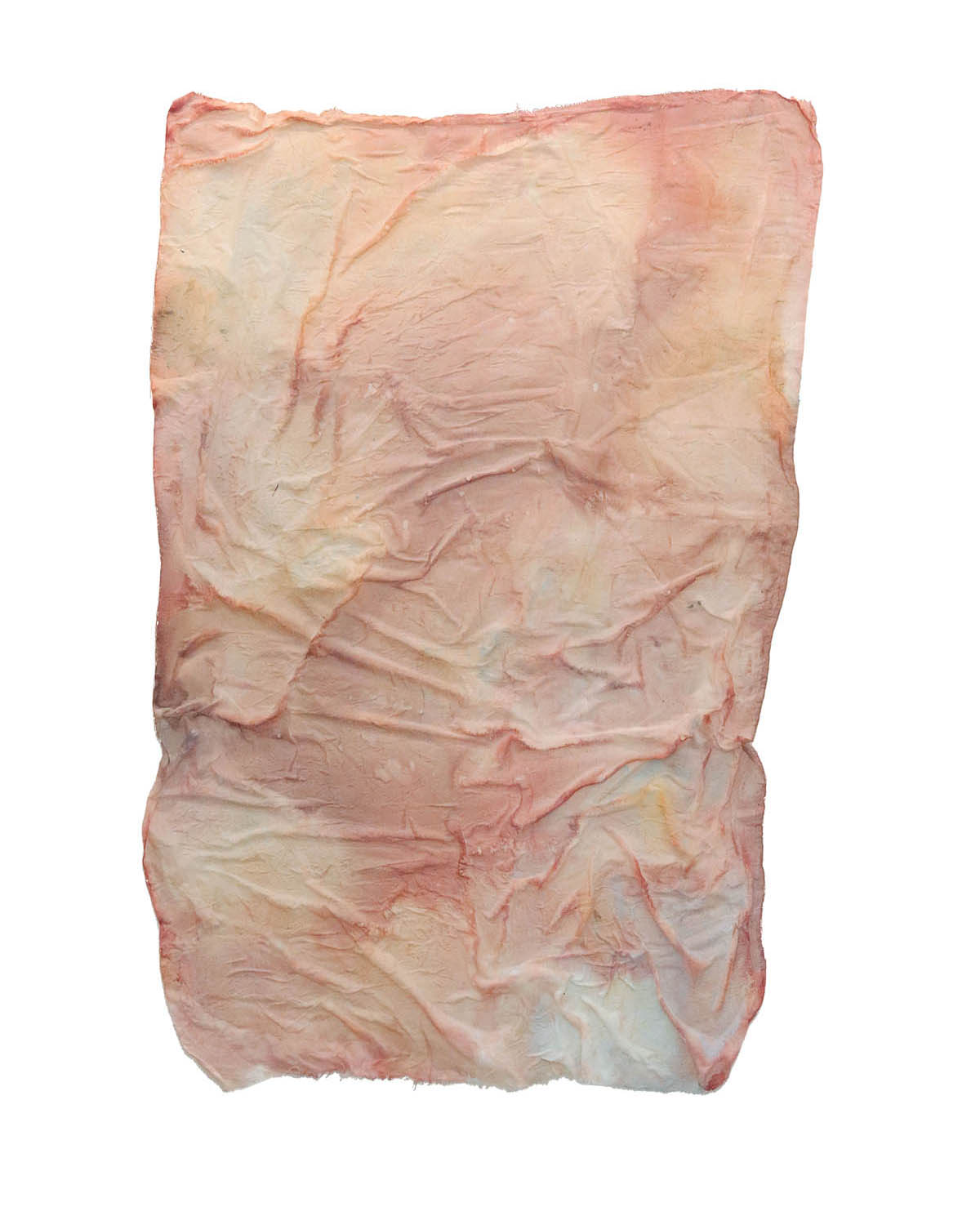
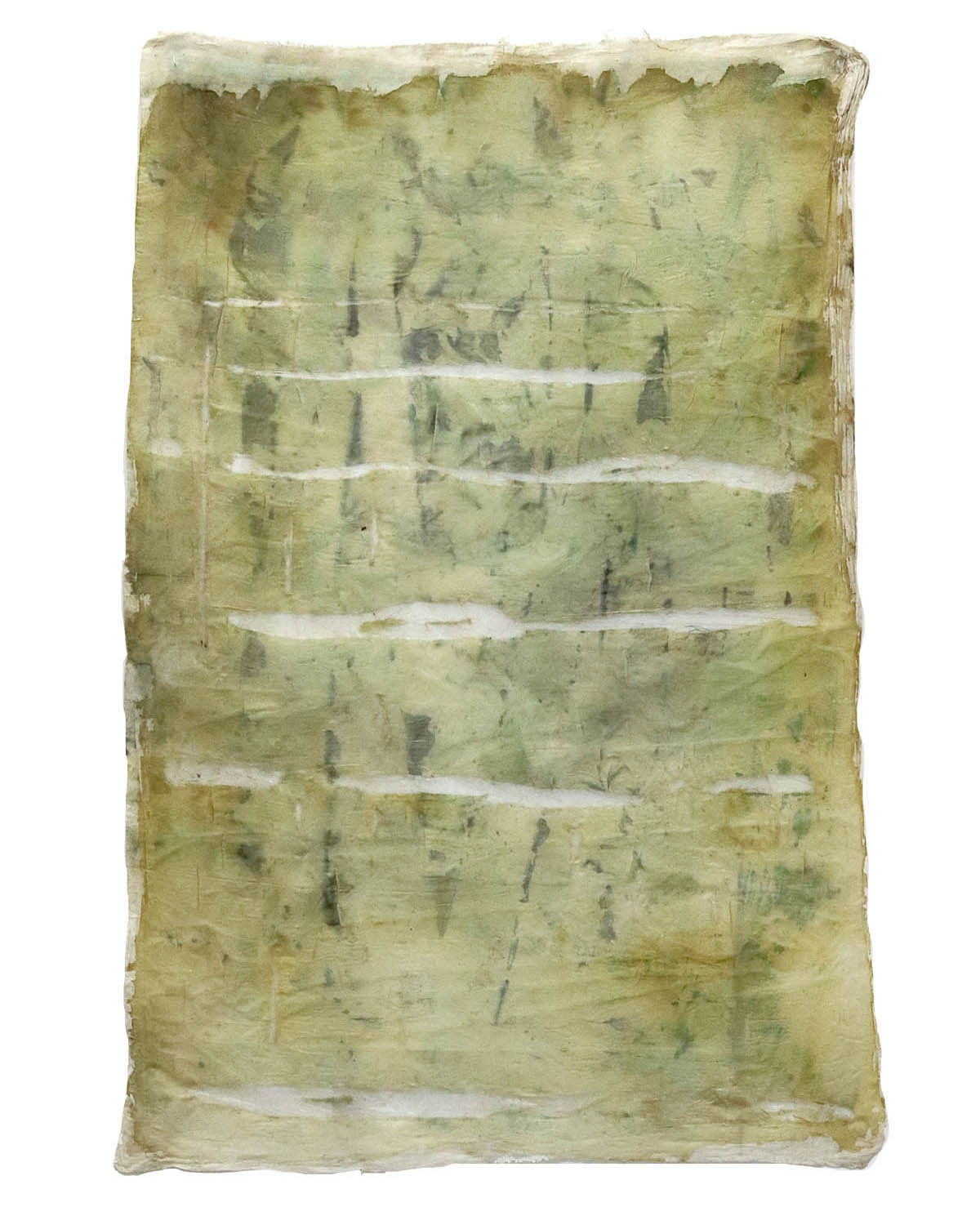
Your artwork takes a lot of inspiration from nature; could you elaborate on your relationship with it?
I tend to use nature and natural events as a way to understand what is happening around me and inside me. I see nature as a wellspring of stimulation and a source of organic forms and textures. Nature is a dynamic force, constantly evolving and influencing my creative process. I see my work as a dialogue with the natural world, exploring themes of growth, decay, and transformation. Nature’s resilience and unpredictability inspire me to embrace experimentation and spontaneity in my artistic practice.
How do you choose the materials? What is your favorite technique?
I choose the materials depending on the effect I can produce with them. It is not only about their colors but also their textures, smells, and sounds, and how they change when you walk around them.
I wouldn’t say I have a favorite technique, but it is also true that there are a few techniques that keep recurring in my works. For example, the use of acrylic gel (a transparent medium) as a way to build up layers of a painting, the intaglio painting technique, to imitate a printing process, or the use of watery sea-green acrylic paint to evoke a sense of water.
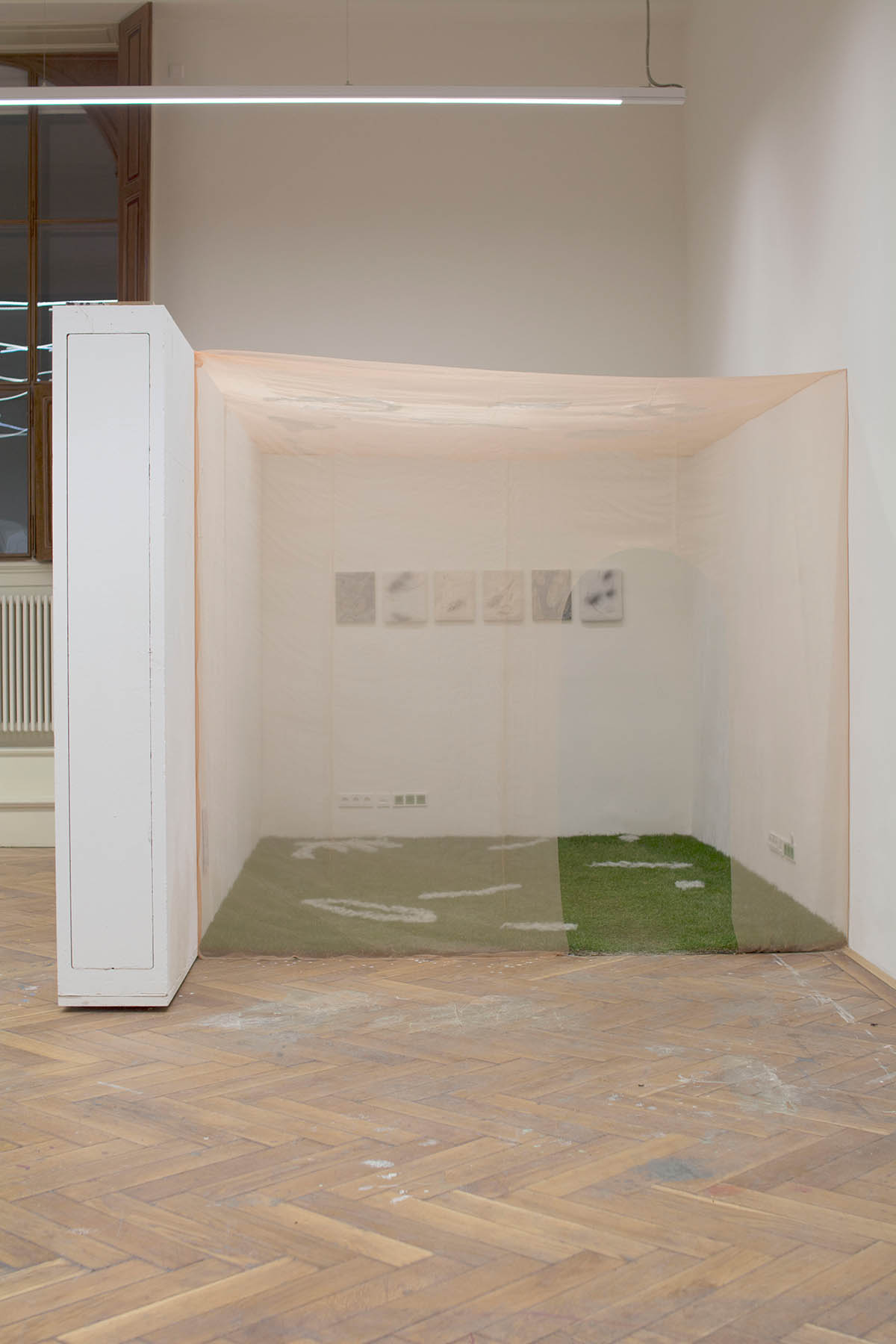
How do you feel when you’ve finished a piece of work?
Relieved, calm, and yet excited. There’s a sense of completion, yet there’s also a lingering desire to explore and experiment with new paths. It’s a moment of reflection, where I confront both the achievements and the challenges of the creative process. Overall, it’s a complex emotional experience that fuels my ongoing progress as an artist.
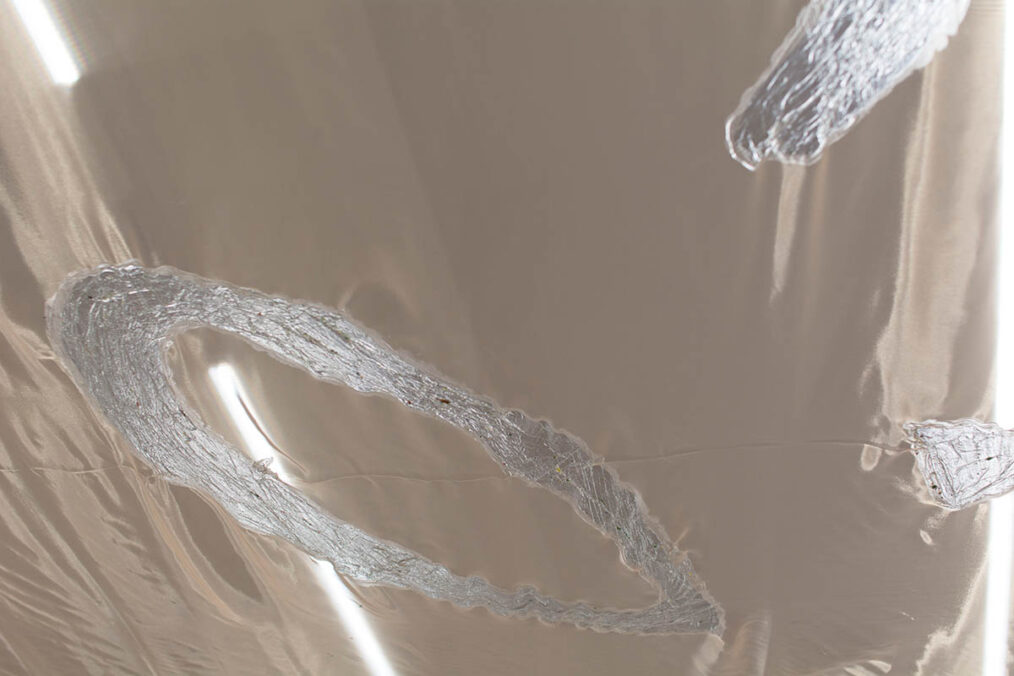
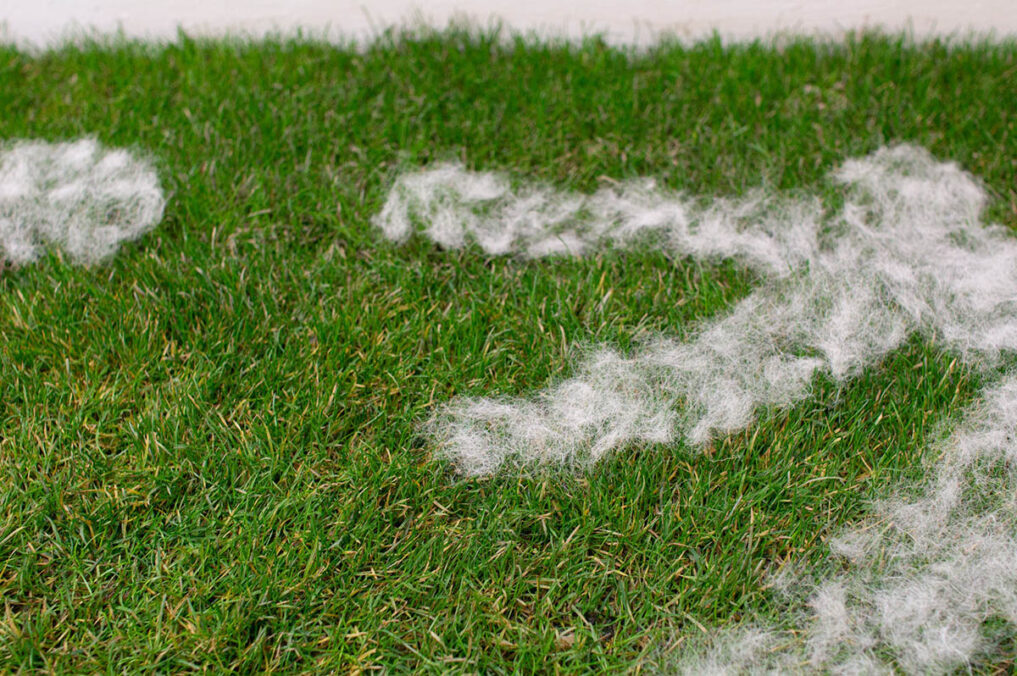
What was the last inspiring artwork you saw?
The solo exhibition of Karla Black, is now on in Uster, Switzerland, at Bechtler Stiftung. The installation showcases her ability to transform everyday materials into ephemeral sculptures. I admire her skilled handling and play with these materials in space; she crafts a delicate sensory experience.
Where do you find peace outside of your studio? Nature?
Yes, in nature, I tend to go somewhere with water to find a bit of rest. Hidden creeks, and ponds with a bit of wilderness. For me, peace, or, as I like to use the word, ‘contentment’, is likely to occur during solitary walks, in quiet moments, or through engaging conversations with people around me. Yet, in my opinion, contentment isn’t confined to physical spaces like nature or the studio; it’s found within oneself through introspection and existential exploration. Beyond the external environment, it resides in moments of reflection.
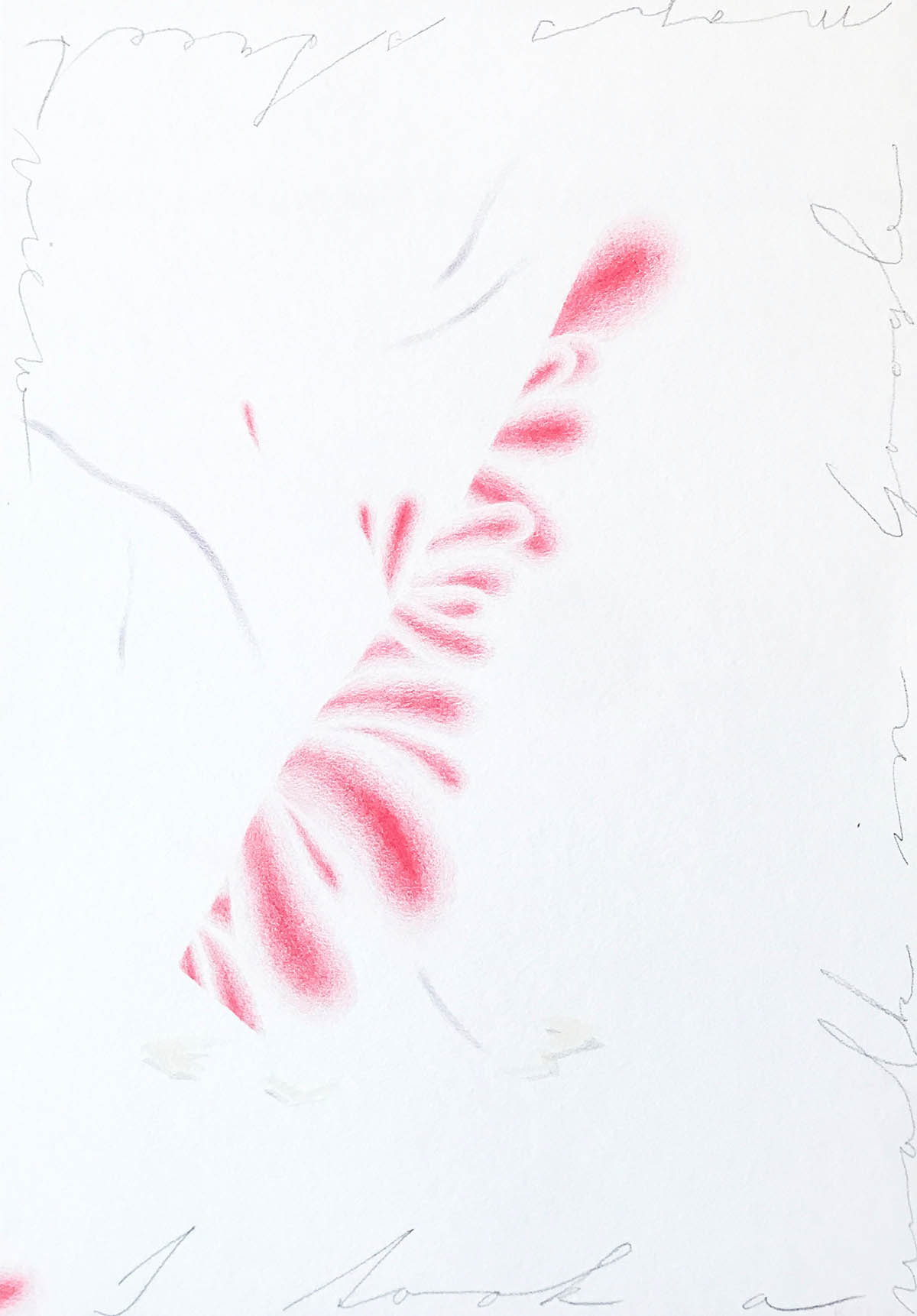
What are your plans for the near future?
At the moment, I am finding myself more and more satisfied with the place I am right now. I would like to continue to stay on the same path, staying focused on my work while slowly improving my routines and myself, everything done step by step, moment by moment. This year I am planning to focus more on producing new works, although two smaller exhibitions, one in summer and one in winter, are being planned at the moment.
Janinka Kell – www.instagram.com/janinkakell/



